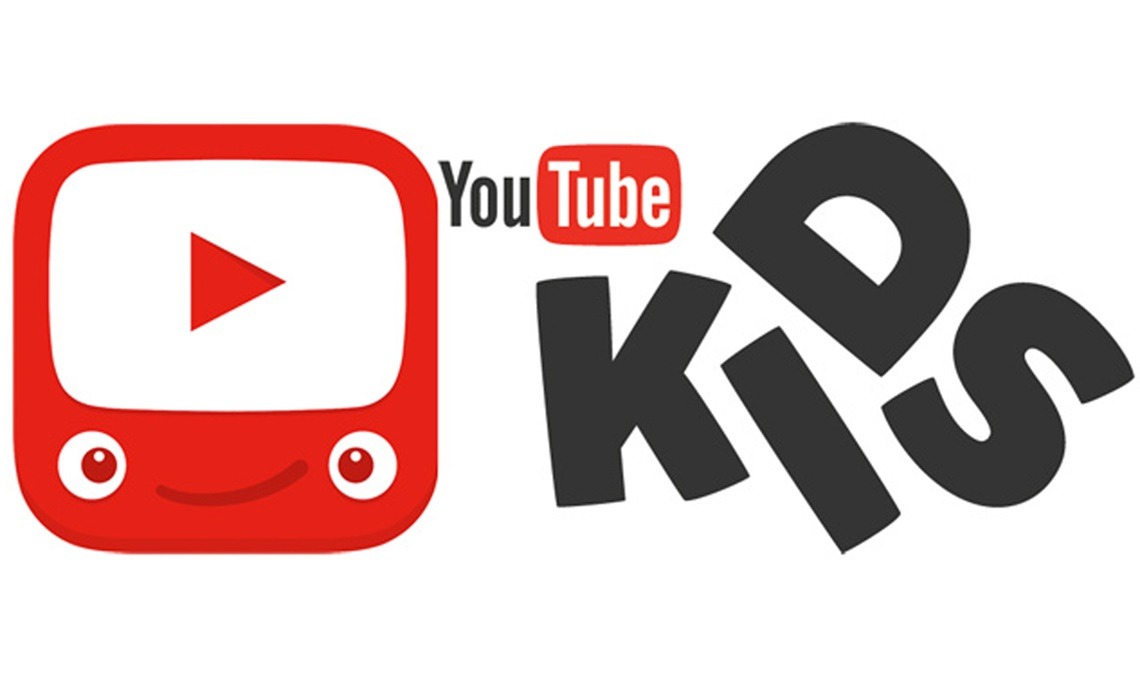There are likely many companies out there offering products or services similar to yours. Both companies make similar promises and provide similar benefits, so they hold a similar place in the average consumer’s mind.
This kind of scenario leaves the consumer questioning why they should choose one company over another. They could think that all the choices are identical. As a business owner, you need to demonstrate how your products stand out from the competition and offer unique value to customers.
Properly placing your product is key for your marketing plan and marketing work. This guide will show you how to stand out from your competition in the eyes of consumers, helping you get ahead in a very competitive market.
Knowing the difference between Positioning and branding
Developing a distinct logo, tagline, or slogan is essential for establishing a one-of-a-kind brand identity. Consider the McDonald’s logo along with the well-known “I’m lovin’ it” slogan. These two components are distinct to the organization and easily identifiable.
Positioning involves creating a distinct image or concept of your brand in the minds of your customers. For instance, one strategy could be to present your company’s products as more functional than those of your rivals.
Understanding Your Audience
To truly connect with your audience, you must dig deep. Start by crafting a buyer persona – think of it as a blueprint of who’s likely to want what you’re selling. Picture their lifestyle, values, and habits; this helps hone in on folks keen on your brand.
Use content that speaks their language. Mix up the types of content they see. This could be summed up on videos for quick hooks or detailed blogs for depth seekers. It doesn’t stop there, though. Get feedback from reviews since these are gold mines for insights straight from the horse’s mouth!
Here is a quick reminder; nailing down exactly who craves your product not only boosts leads but also saves cash too. With that said, take that extra step to understand them better; it pays off big time when done right.
Defining Brand Objectives
When you zero in on brand objectives, think of your company’s promise. Your brand is the feeling people get when they hear your name; it stirs emotions and ideas unique to each person. Grab three sticky notes: write down your business and two rivals—one per note—then test them out with someone who knows these brands but isn’t from inside your circle.
Ask what comes to mind first upon seeing each name. Do this more than once; checking feelings can show you how well your message sticks compared to others’. Those reactions are hints at whether or not what you’re doing hits home for folks outside looking in.
Analyzing the Competitive Landscape
To analyze the competitive landscape, dive deep into your market. Look at what others offer; see where they excel or fall short. Find that gap in service or product, the one you’ll fill better than anyone else.
You want to be different—and not just any kind of different—but a type where customers think only of you for that need they have. Take Nike for example; their slogan isn’t just words but an entire story of triumph and effort wrapped up neatly in three simple ones: “Just Do It.” That’s powerful stuff—it sticks because it speaks right to our urge to overcome hurdles. It’s about more than being seen as another option among many—it’s becoming THE choice by tapping deeply into customer desires.
Understand your audience deeply. Align your brand so well that your name evokes immediate recognition and strong feelings.
Choosing Effective Communication Channels
To choose the best ways for your brand to talk to people, you need to know where they hang out online or in real life. You look at each option: do they read blogs? Spend hours on social media?
Maybe email wins their attention. For every method, check two things—does it reach lots of them and does it fit your message style? For example, young folks might love quick posts on TikTok but that place isn’t great for long stories about how something is made – a blog post fits better there.
Also, see what tools help track talks with customers like who opens emails or comments on a post. Use clear language when telling them why your product helps their lives; no big words are needed just because we can use them.
Remember, these steps will keep trust high between you and those listening.
Creating Compelling Messaging
When you build your brand’s message, think like you are at the other end of your audience. You want this set of people to trust and stick with your company just as they would with a close friend. Your words must spark feelings that pull people in, tying what you offer to their wants and dreams.
Imagine asking yourself: if our brand were alive, how would it act? Will we hold the same values dear or chase similar goals? This is where true connection starts!
Let’s talk facts – research points out brands stir up emotions akin to human fondness. That means talking through your identity should feel familiar yet fresh; it solidifies bonds between consumers and businesses just like shared laughter does among friends. Start by jotting down key traits that make ‘you’ stand out from the crowd—this isn’t about boasting but building an authentic tie-in so strong customers can’t help wanting more of what only you provide.
Leveraging Social Media Presence
To really nail your brand’s social media game, you need to pick platforms wisely. Stats show guys flock more to YouTube and LinkedIn while women rule Facebook and Instagram. What about Pinterest? That’s also where you see mostly ladies there. It makes sense; on Insta, it’s all about the visuals, whereas Twitter fans dig short text.
Find where YOUR people hang out online! Dive into those platform insights—like median age or peak times users check in—and use that gold mine of data. Run a poll, maybe for an even clearer picture.
Got a small business? Check Facebook, which has a huge user base—it might be just right for you.
Content is king, so make sure what you post screams quality as loud as your products do. Line it up with how the audience should see your brand—that’s big-league thinking right there!
Evaluating Positioning Success
To know if your brand stands out, look at numbers that tell you how many people think of it without help and who can spot it when they get a clue. Watch the stats in tools like Google Analytics closely; these will guide you. Check for upticks in return visits and buys to see if customers stick with your brand or not.
You should also carry out reviews on what your customers truly believe about what sets your product apart. You can do this by using surveys on perception. Dive into their views on where you shine or fall short—this shows whether they really get the vibe you’re aiming for.
Remember, having loyal buyers is golden proof that your placing hits home right where it counts. So keep tabs: are more people sticking around? Buying again? Praising highly through Net Promoter Scores? These figures paint a clear picture—they show just how deeply rooted loyalty runs thanks to wise positioning choices made along this journey.
Refining Strategies Over Time
You need to change your brand’s strategy as times go on. Why? Because what works today might not hit the mark tomorrow; that’s just how it goes with people and trends—they shift. So, keep a close watch on things like sales data or what people are saying online about you. This kind of info tells you if your way of reaching them is still working.
Let’s say feedback shows they want more than a good product—you have to show care for things they value, maybe like being eco-friendly. Then adapt: highlight any green steps in making or packaging your goods in all talks and images out there.
Always trying new ways can lead to bigger wins over time—so tweak often! Keep learning from real results—not guesses—and pivot fast when needed.
Conclusion
You want your brand to stand out. Know who you aim to reach. Craft a message that speaks to them clearly.
Choose platforms where they spend time; it’s key for visibility. Align values with theirs, so trust grows. Innovation helps too—show them something new yet familiar enough not to alienate them from their comfort zone or past experiences with the brand (use short words and sentences here).
Proper positioning is less about being everywhere and more about being where it counts—with a clear voice they’ll recognize as yours every time.






